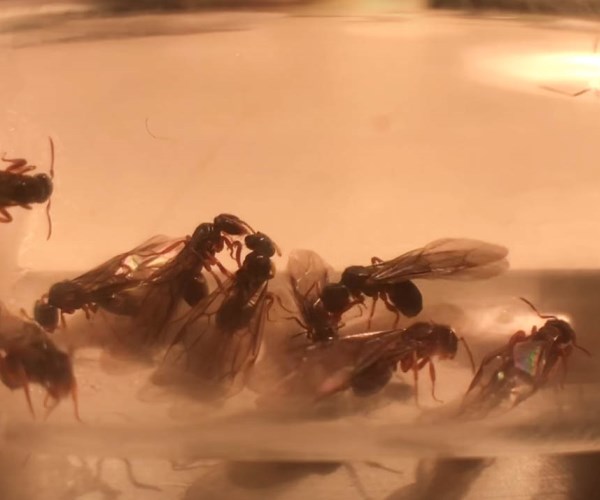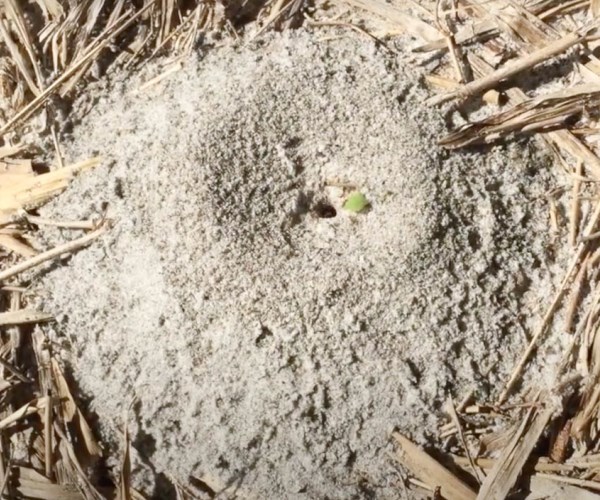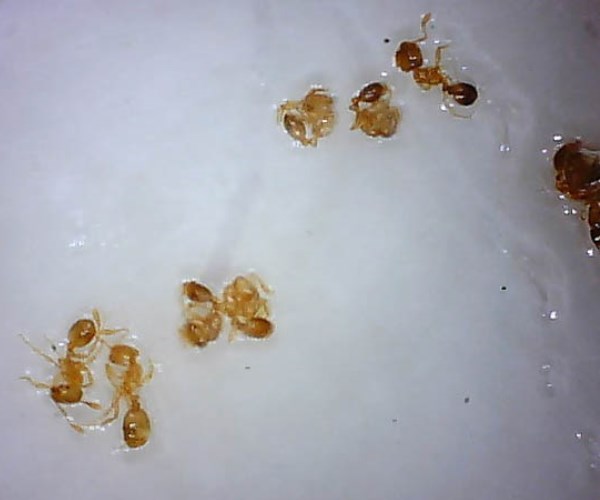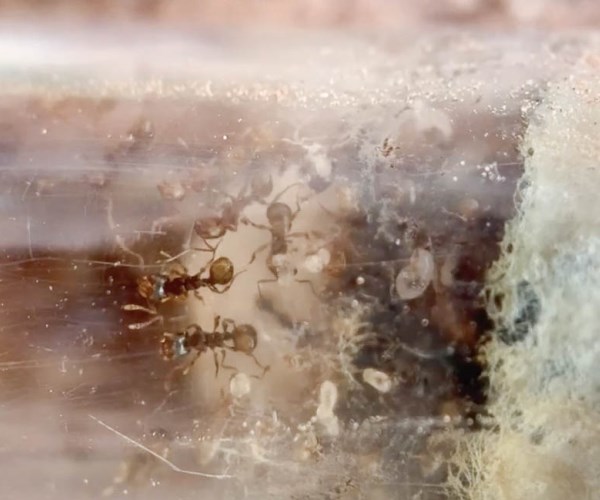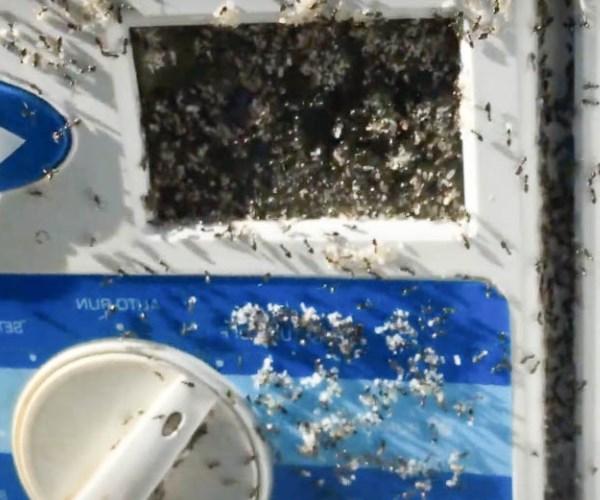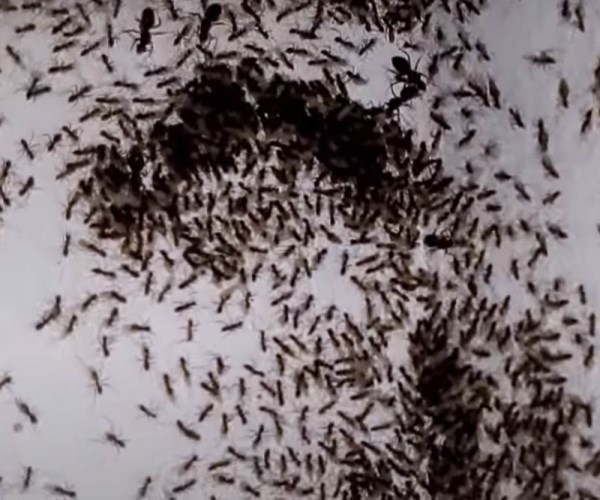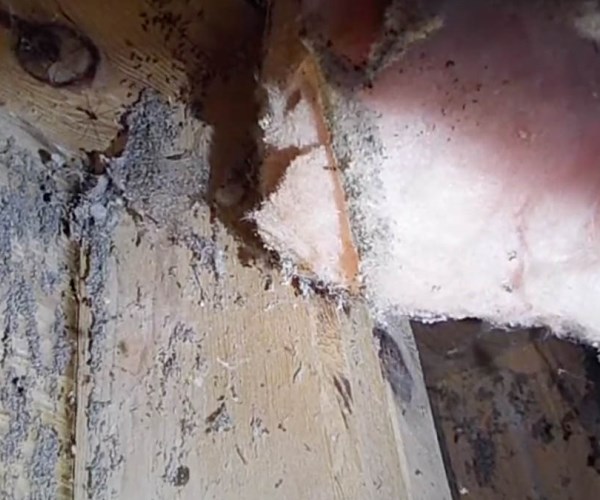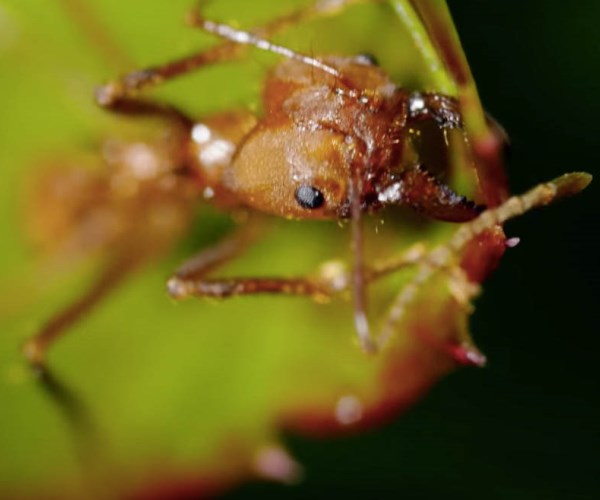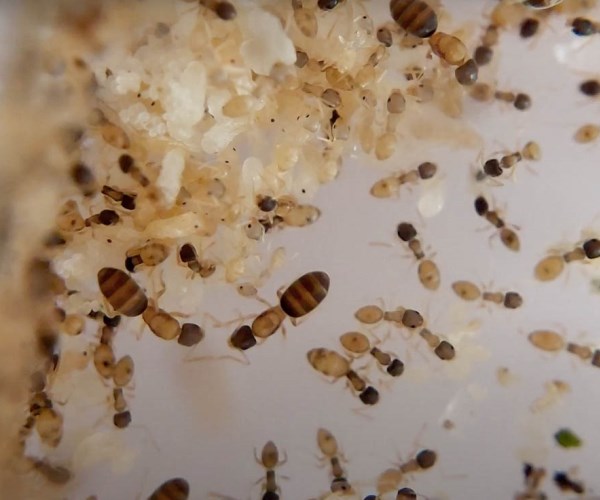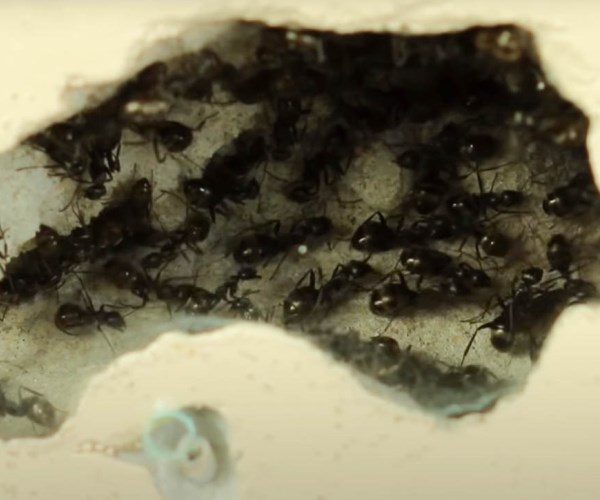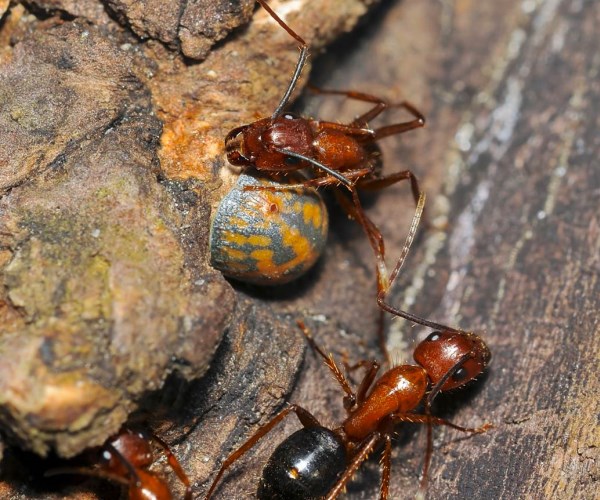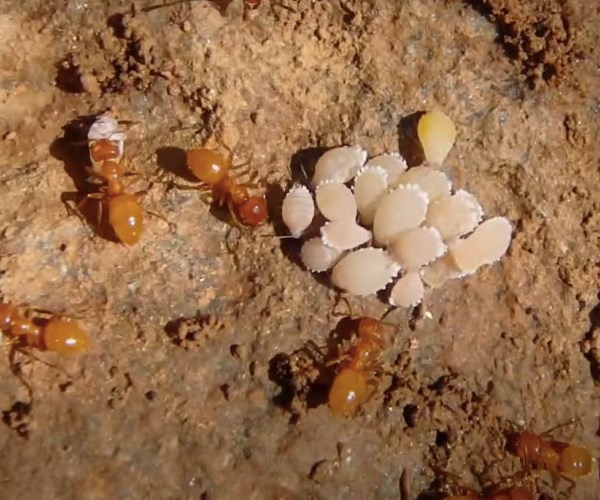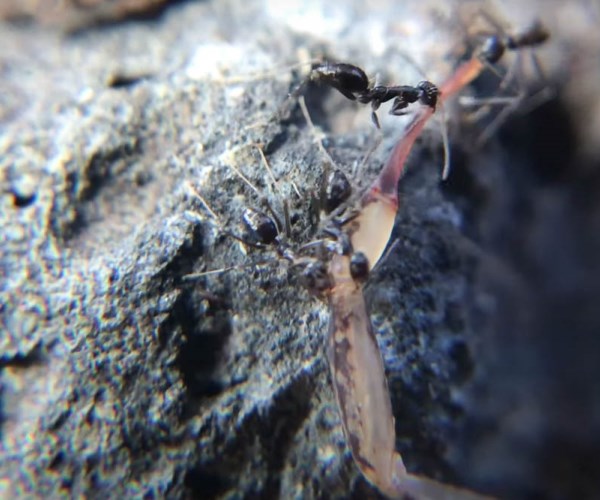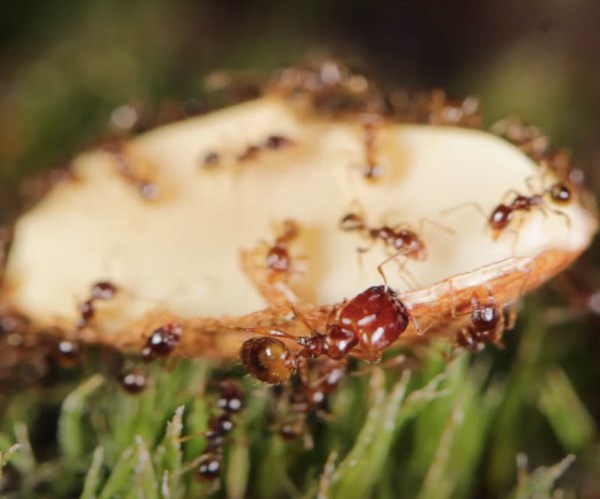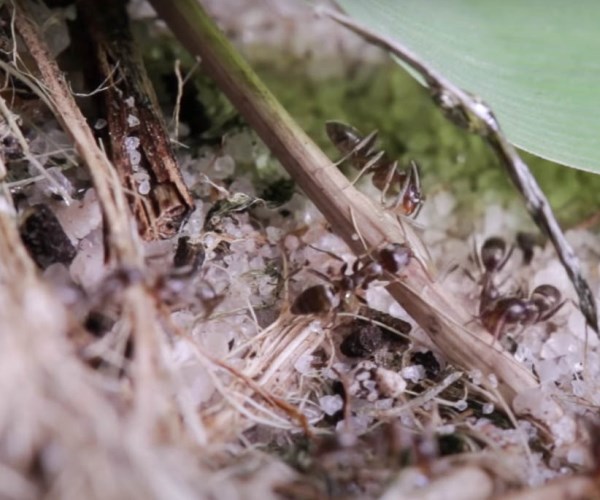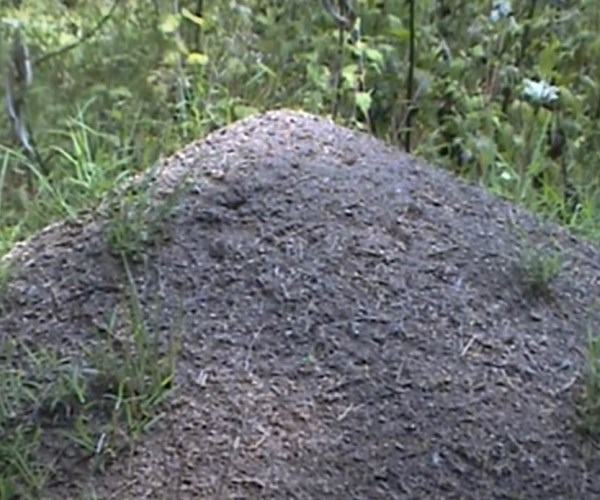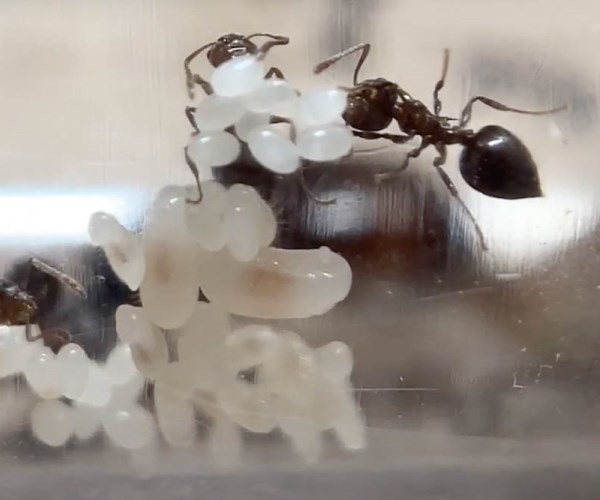About Harvester Ants
About Harvester Ants
Harvester ants get their name from the fact that they collect and harvest seeds, which are a major part of their diet. They are large-sized ants found mostly in outdoor spaces. Harvester ants are regarded as agricultural and nuisance pests. They are a concern in urban areas because of their stings, which can kill animals.
Appearance
Harvester ants are blackish, reddish, or brownish, with their lengths ranging from ¼ to ½ inch. The pedicels of many harvester ants have two segments. They also have hairs on the underside of their head, which gives a beard-like appearance. Harvester ants can also have a pair of spines at the upper side of their midsection.
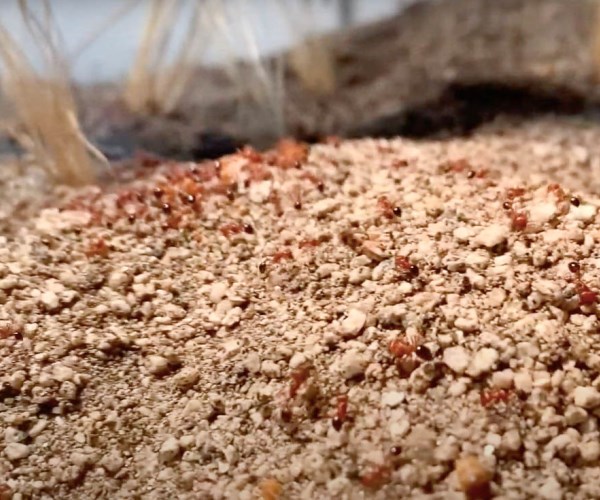
Behavior
In the US, there are about 22 species of harvester ants. The commonest species of harvester ants include the red harvester ant, the black harvester ant, and the California harvester ant. The western harvester ant is another common species. Harvester ants are mostly found in the southwestern US. They have a very sparse distribution east of the Mississippi River.
The ants love to build their nests in flat open areas. They nest underground, with some species creating mounds, with the soil excavated when creating mounds. Other species carry the excavated soils away from the nesting sites. They prefer to build mounds on sandy soils. The nests can be as deep as 3 feet. Sometimes, they move their nests in reaction to climate changes.
Mounds of harvester ants may be covered with materials such as small pebbles, fragments of dead vegetation, and charcoal.
Harvester ants mainly feed on seeds. They are especially known for harvesting and collecting seeds for food. The different harvester ant species have peculiar habits, including feeding and nesting patterns. Apart from seeds, harvester ants also feed on insects.
The ants live in colonies with one queen. Harvester ant queens live for relatively long periods, up to 17 years. The ants also swarm. At the beginning of the swarming period, which is typically in summer, the females and males mate. After the mating period, the female flies away to start a new colony.
They prefer to nest in outdoor areas and are rarely found indoors. Harvester ants found indoors typically get there by accident when they find suitable entry points.
Harvester ants forage in two patterns. Firstly, they apply visual cues and travel in different directions in search of food. They also use scented trails to search for food.
Damage they cause
Harvester ants create mounds and prefer to nest in open areas. The mounds of harvester ants are large and can damage lawns and expanses of land. The unsightly mounds are thus a major part of the nuisance they constitute. Apart from the basic mound-making activity, harvester ants also destroy vegetation. They destroy the vegetation around their mound entrances. This can lead to the destruction of vegetation in a wide area, up to 30 feet in diameter.
As seeds are a major part of their diet, harvester ants are agricultural pests. They are also attracted to areas by bird feeders and gardens. They also spread to lawns and gardens from neighboring areas. The ants are also known for their painful stings. They will bite when they feel threatened or their nests are disturbed. The bite of harvester ants can kill intruding insects.
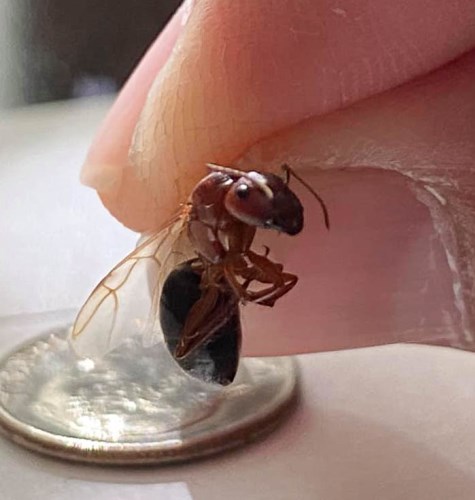
The bites of harvester ants can also cause allergic reactions. Although they are regarded as aggressive ants because of their painful stings, they are not as aggressive as fire ants.
Signs of infestation
The wide unsightly mounds of harvester ants are a major sign of infestation. The mounds of harvester ants can have a diameter of up to 53 inches. The foraging ants may also be seen, although this is rarely applied as a sign of infestation. Wide mounds with a circular surrounding area free of vegetation are usually made by harvester ants.
They remove surrounding vegetation because they prefer to nest in open areas. The surrounding vegetation which they remove is thus to keep their surroundings free of shade.


